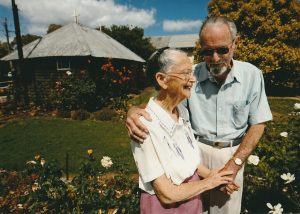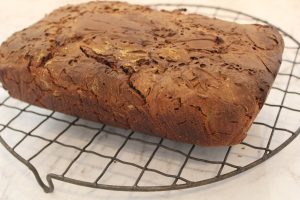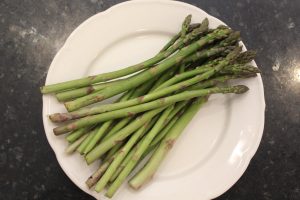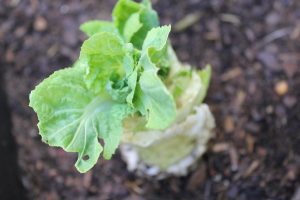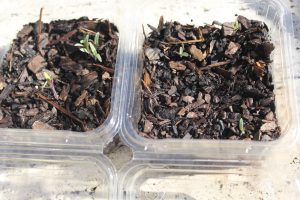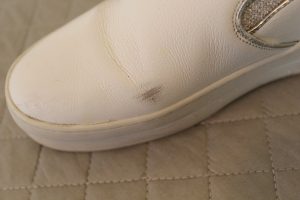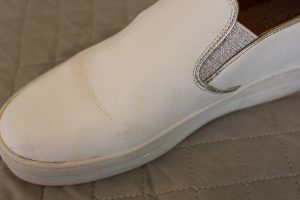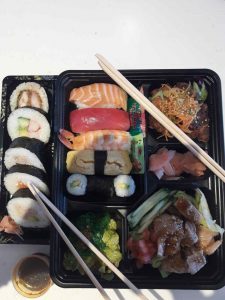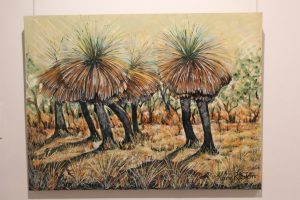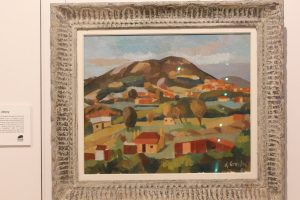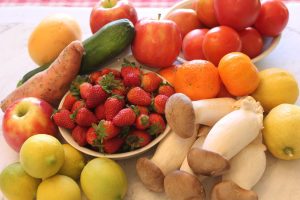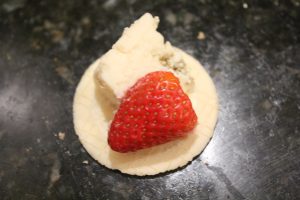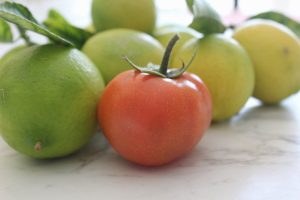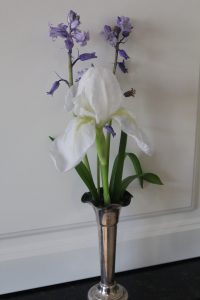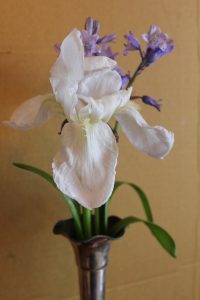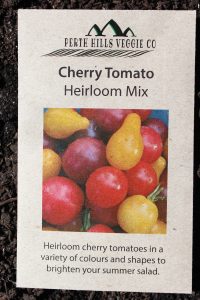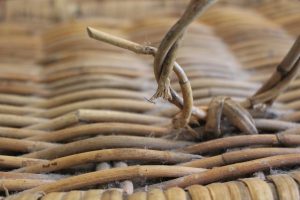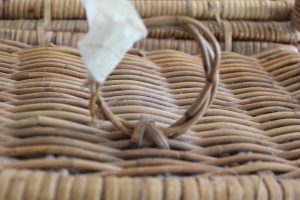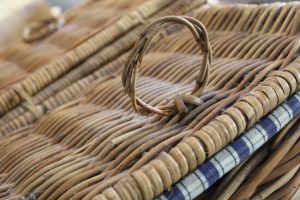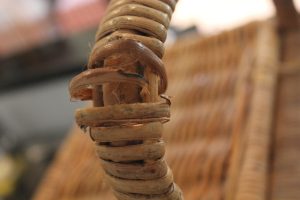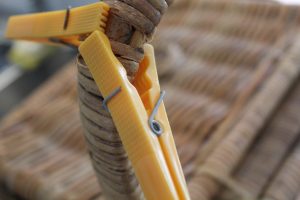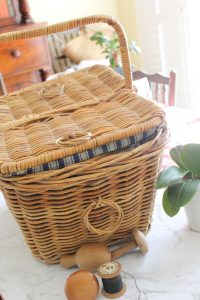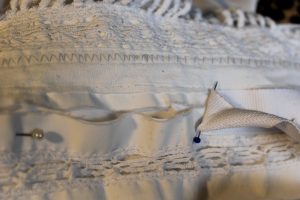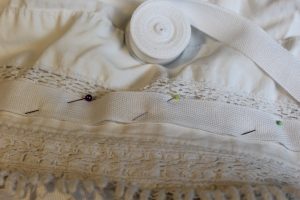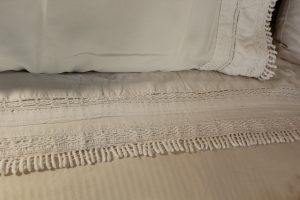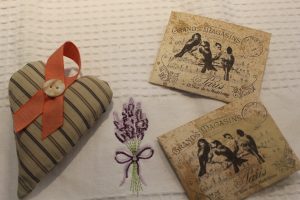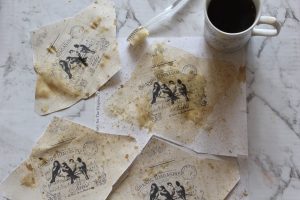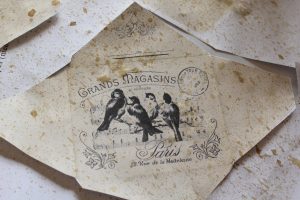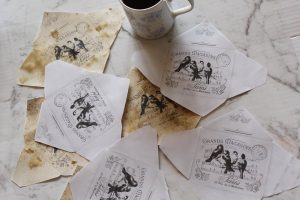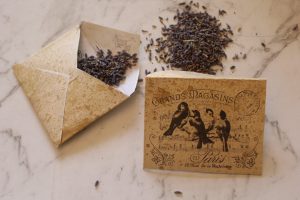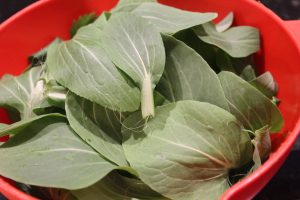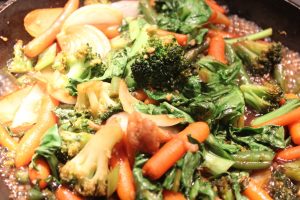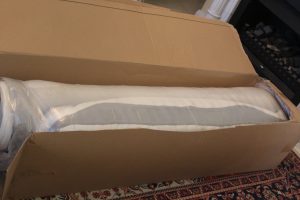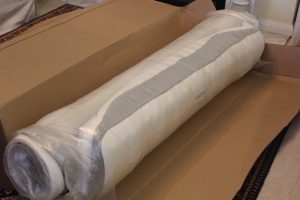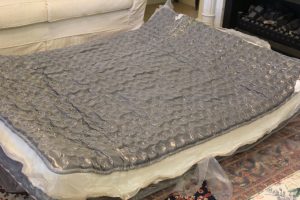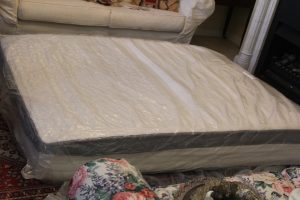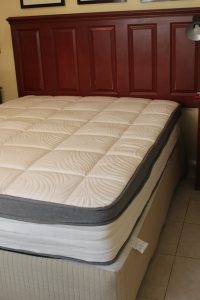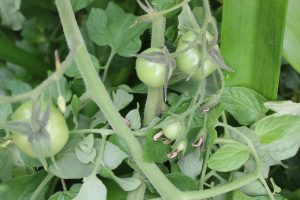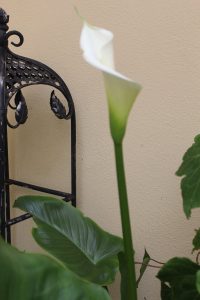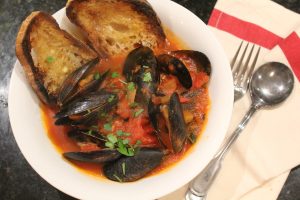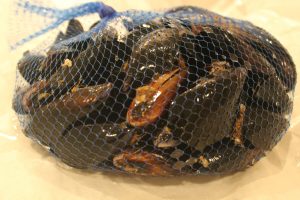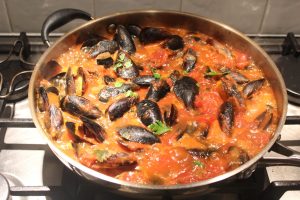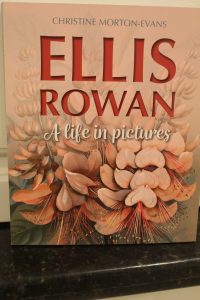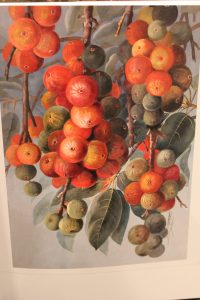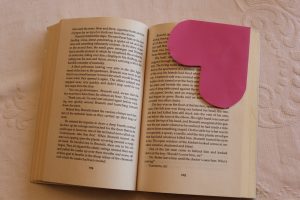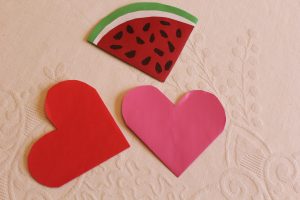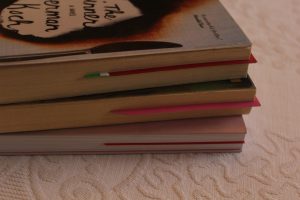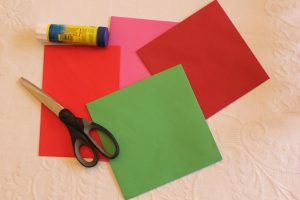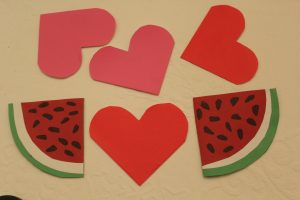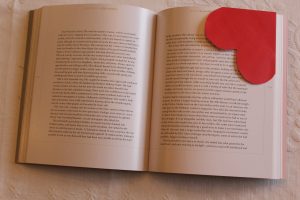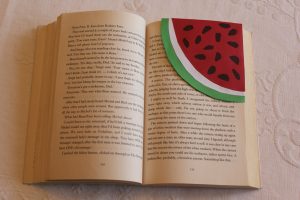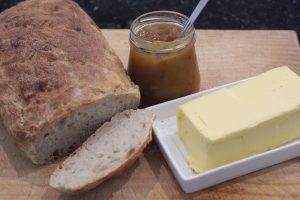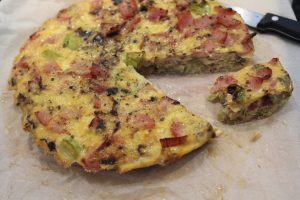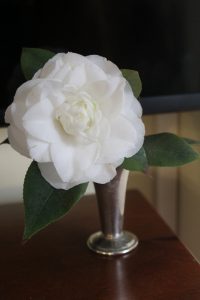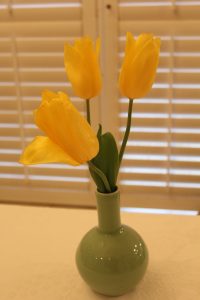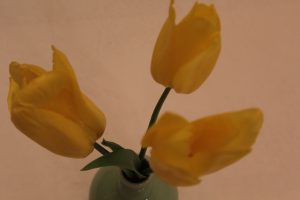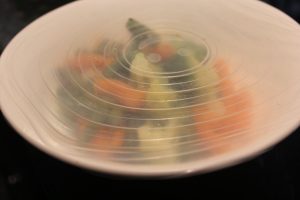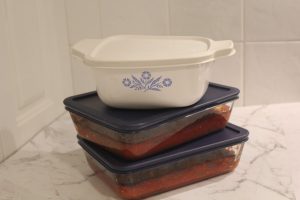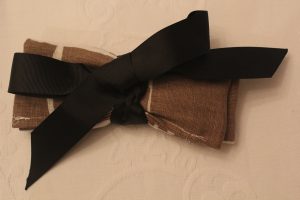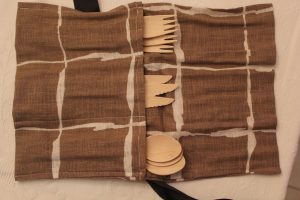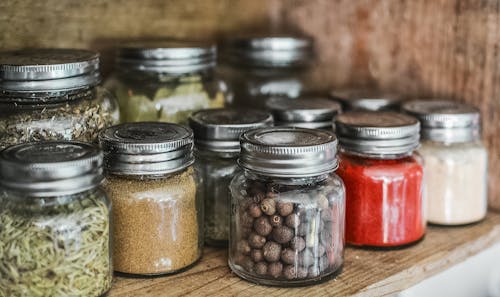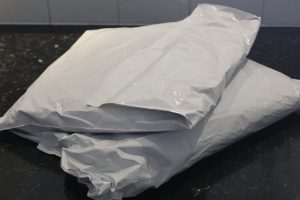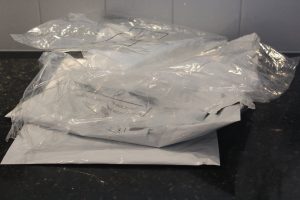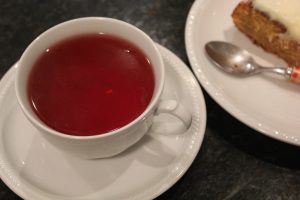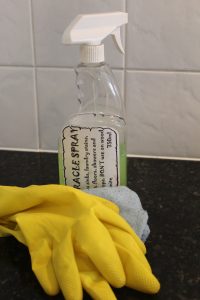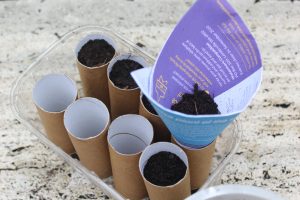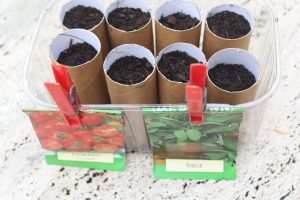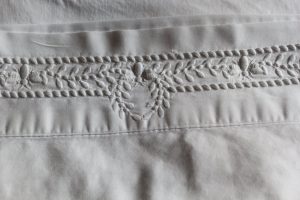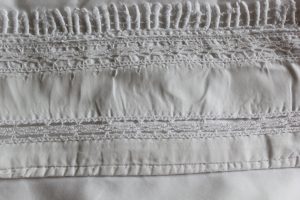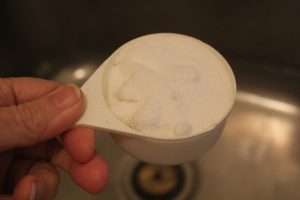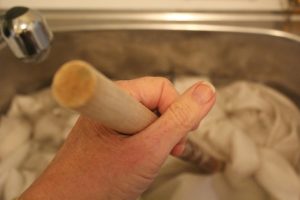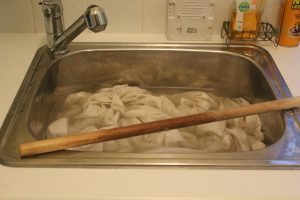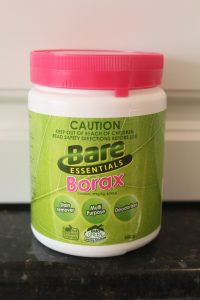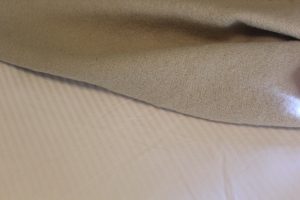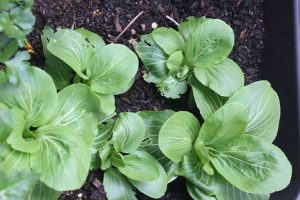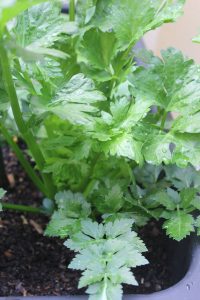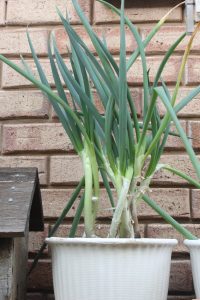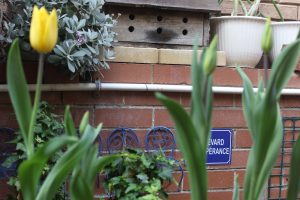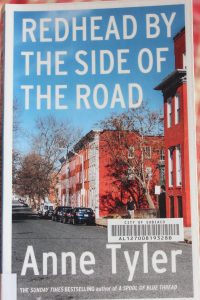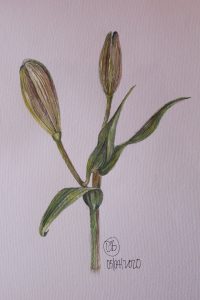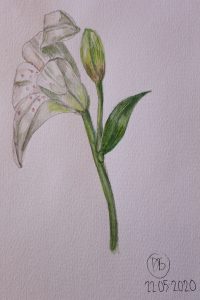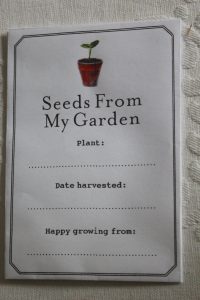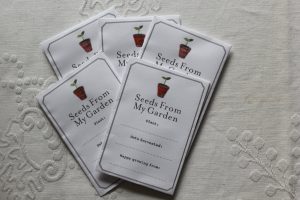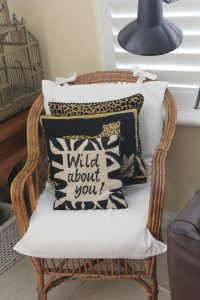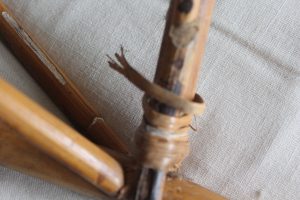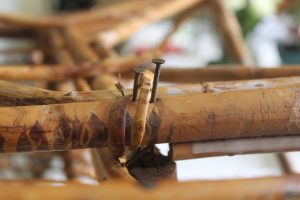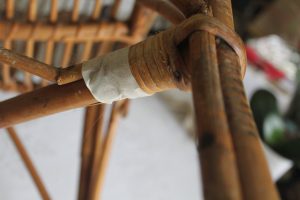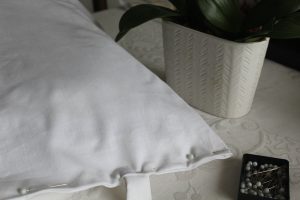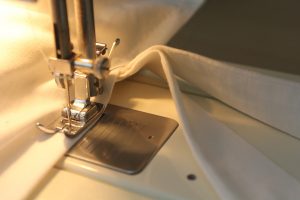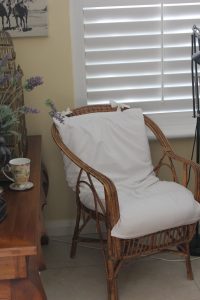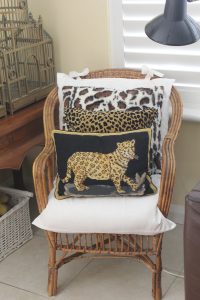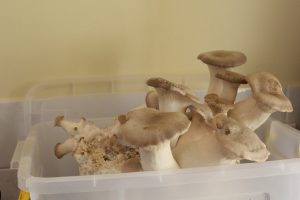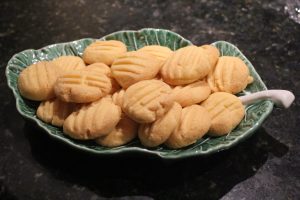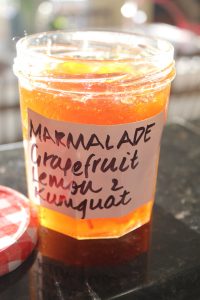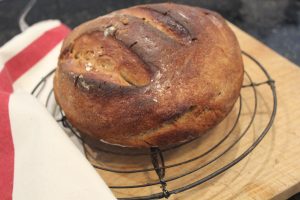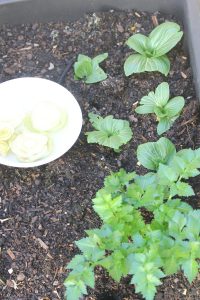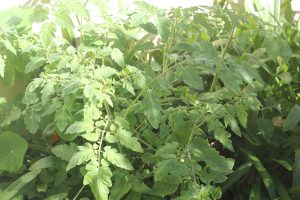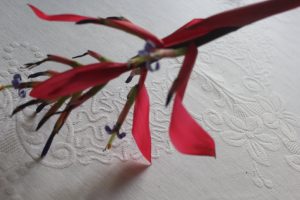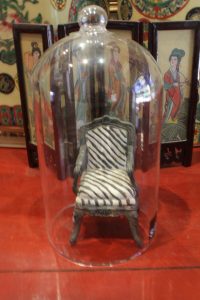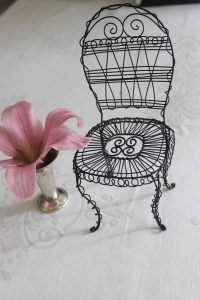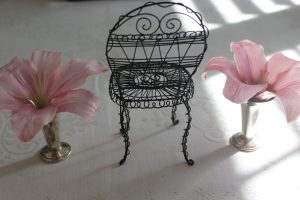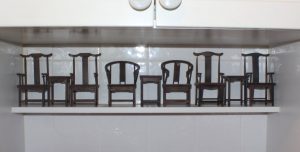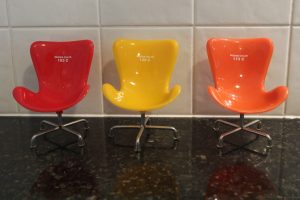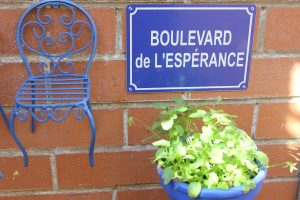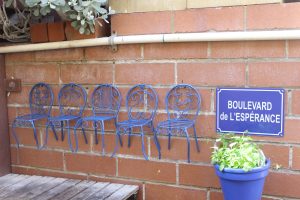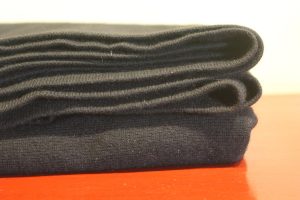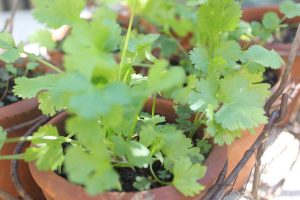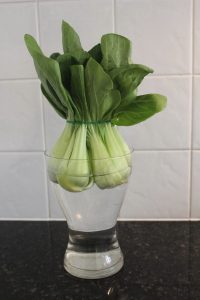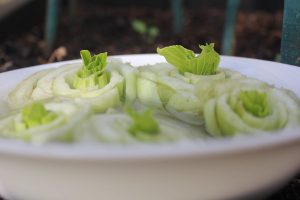KING OYSTER MUSHROOMS
I really like mushrooms. I’ve bought button mushroom kits in the past and been disappointed by the harvest. Earlier this year I tasted several different mushrooms at a market and knew I wanted to try growing the King Oyster Mushrooms.
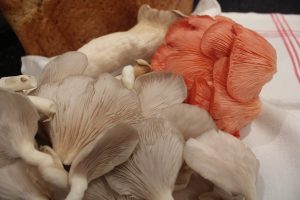

These mushrooms are quite fragile so I needed to eat them quickly! It was no effort. These are all oyster mushrooms.
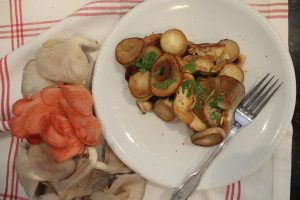

There are many ways to use these mushrooms but I simply cooked each in frothy butter and sprinkled some Himalayan salt and parsley over them. I was focused on choosing the type of mushroom I wanted to grow.
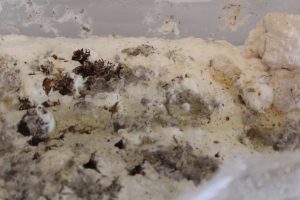

When I decided I wanted to grow the King Oyster Mushrooms I rang a local supplier of mushrooms and mushroom kits and was pleased they were able to deliver that afternoon. I had prepared a faux greenhouse by drilling multiple holes in the sides of a plastic storage crate. The only other things I needed were a few blocks to elevate the grow block kit and a water spray bottle.
The kit arrived as a grow block in a plastic bag. It consists of 100% West Australian hardwood sawdust, soy bean hulls and wheat bran, so is suited to local growing conditions. This was put in the fridge overnight to initiate growth. The next day I cut a small slit in the bag to open it and I began misting the block three times a day.
Pins, little mushrooms, appeared within days. It was on a bench in the laundry. The grow blocks are inoculated with the King Oyster spores.
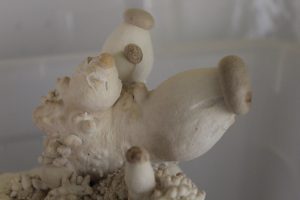

The mushrooms look strange but taste wonderful. In fact, photos text to friends didn’t result in encouraging comments, but really quite rude ones. No, they are not fledgling aliens.
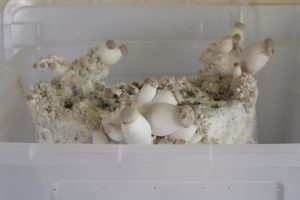

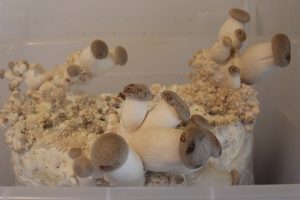

I began harvesting the bigger mushrooms on the 17th day. I cut them off with a knife, wiped them, sliced them, then cooked them.
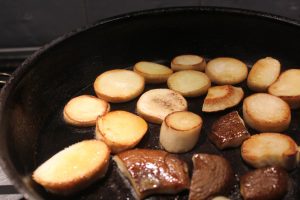

These are simply cooked in a frypan with butter. I ate them on toast. I really enjoyed the firm feel of the cooked mushroom.
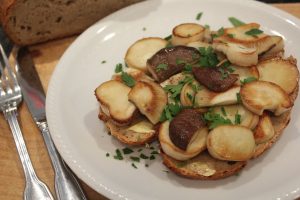

Eventually I harvested just over a kilo of mushrooms. I was expecting more but the little ones, the pins, started going dry. They were no longer thick and failed to develop.
Thinking the grow block was exhausted, I put it in a big pot out in the garden which I was preparing for a rose, then it rained and three days later I had about six more mushrooms! Lovely.
Will I buy another grow block? Probably not. I’ll buy the King Oyster Mushrooms from the grocers four or five at a time for about the same overall cost as buying and nurturing a kit.
READING
Petal, Adriana Picker

This comprehensive compendium by Australian Adriana Picker, “Petal” features flowers from every corner of the world. There are over two hundred flower illustrations from twenty seven plant families. These digitally prepared illustrations are accompanied by Nina Rousseau’s text on facts and folklore for each plant family.
A fabulous resource, with eye poppingly bright illustrations, I read this book from cover to cover. So did my Mother! Even if you’re not very interested in gardening, the accurate and beautiful digital drawings will probably hold your attention.
Spring has arrived in Australia and gardens are full of pretty, scented flowers. A quick flick through decorator magazines indicates floral fabrics, tiles and artwork are very popular. A walk through the local shopping centre confirms the passion for florals as shop windows burst with colourful, flower printed dresses.
Also reading “A Gentleman In Moscow”, a novel by Amor Towles, who is described ” as a master of absorbing, sophisticated fiction”. I’ve worked my way through a few of the current novels about pre and post revolutionary Russia, including the raw, brutal and exhausting “Tzarina” by Ellen Alpsten and wasn’t keen on reading another one.
I am glad I did, as “A Gentleman In Moscow” is a very gentle book, telling the story of Count Alexander Ilyich Rostov. He is under house arrest at the Hotel Metropol in Moscow for the rest of his life. Stripped of his title and wealth by the Bolsheviks, the Count thoughtfully lives his life with grace and dignity. He is an optimistic character in awful times.
Many reviewers say this book changed their lives, that it is beautiful, whimsical, fantastic. I also enjoyed it and would recommend it for a slow read in a quiet corner.


I really enjoyed the two books I’ve already mentioned, but I loved Jane Harper’s new book, “The Survivors”. It’s another cleverly crafted thriller from the author of “Force of Nature”, “The Dry” and “The Lost Man”, all great reads, too. I read this book over two very busy days, struggling to be sensible and put it down and do other things I should have been doing. It is a ripping yarn.
Redolent with Harper’s usual red herrings, this is the story of Kieran Elliott, who returns to the coastal Tasmanian small town where he grew up. Guilt, suspicion and another murder stir up all sorts of memories and accusations. A great thriller.
WORLD TEACHERS’ DAY 5th October


It is school holidays in Australia, so celebrations will be held on 30th October after school resumes.
In a year when many parents have become acutely aware of the tasks teachers undertake every school day, the theme for this year is especially apt: A Bright Future. Teachers, with the support of parents and carers, ensured educational programs continued across the world despite major challenges.
According to UNESCO “The day provides an occasion to celebrate the teaching profession worldwide, take stock of achievements, who are at the heart of efforts to attain the global education target of leaving no one behind.”
Do you remember the bumper sticker “If you can read this, thank a teacher”?




